Posted on 2/28/2025
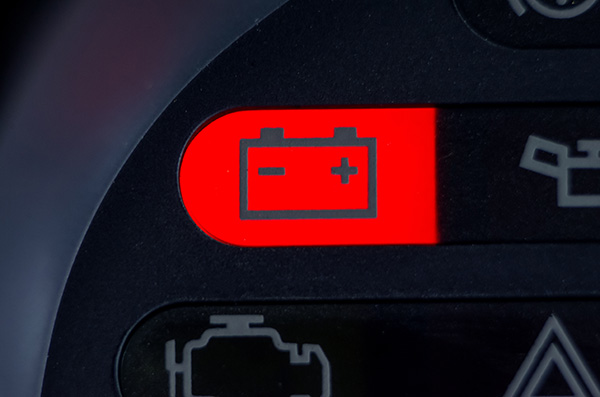
Without a battery, your vehicle wouldn’t start, and many of its electrical systems wouldn’t function. But like any part of a car, batteries don’t last forever. Over time, they lose their ability to hold a charge, leaving you stranded when you least expect it. Recognizing the warning signs of a failing car battery can help you avoid an inconvenient breakdown and ensure your car stays reliable. Dimm Headlights and Electrical Issues If your headlights seem less bright than usual or your interior lights flicker when you start the car, your battery might not be providing enough power. Since the battery is responsible for supplying electricity to essential systems—including your lights, radio, and power windows—these warning signs shouldn’t be ignored. Weak or inconsistent electrical performance is often an early indication that the battery is struggling to hold a charge. Slow Engine Crank or Clicking When Starting Whe ... read more
Posted on 2/14/2025
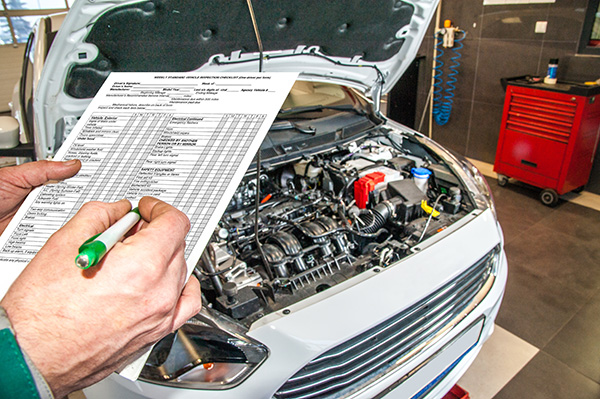
A reliable car makes all the difference in day-to-day life. Whether you’re commuting, running errands, or heading out on a road trip, keeping your vehicle in top shape ensures that you get where you need to go without unexpected breakdowns. But with so many moving parts under the hood, staying ahead of repairs and maintenance is essential. For drivers in Winnetka, CA, having a trusted repair shop nearby is priceless. From routine maintenance to more complex repairs, professional service keeps your vehicle safe, efficient, and road-ready. Let’s take a closer look at why regular maintenance matters and what services can help keep your car running at its best. Regular Auto Maintenance Your car is an investment, and like any investment, it requires care. Regular maintenance isn’t just about avoiding breakdowns—it’s about protecting the longevity of your vehicle. Small issues can turn into major problems if left unchecked, leading to costly ... read more
Posted on 1/31/2025
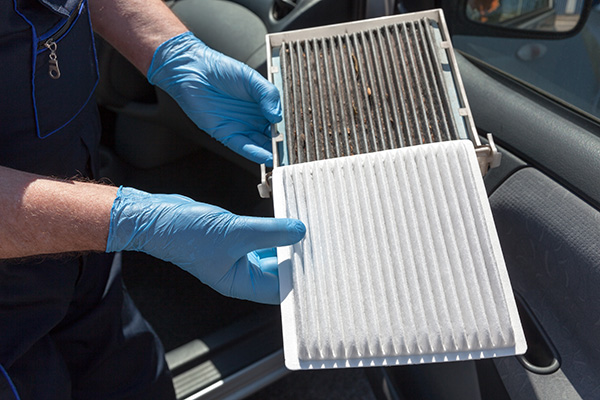
Your car’s filters might not seem like a big deal, but they are critical in keeping your vehicle running efficiently and ensuring your comfort while driving. The engine and cabin filters are often overlooked until something goes wrong, but waiting too long to replace them can lead to many issues. Wondering what happens if you skip this essential maintenance? Let’s discuss why these filters matter and the problems that can arise when neglected. What Does an Engine Filter Do Your engine filter is like a gatekeeper for your car’s engine. Its job is to block dirt, debris, and other contaminants from entering the engine. A clean engine filter allows proper airflow, which is crucial for the combustion process. When the filter is clean, your engine breathes easily, delivering better performance and efficiency. However, over time, this filter can become clogged with dirt and particles it has captured. A clogged engine filter reduces airflow, forcing your e ... read more
Posted on 1/17/2025
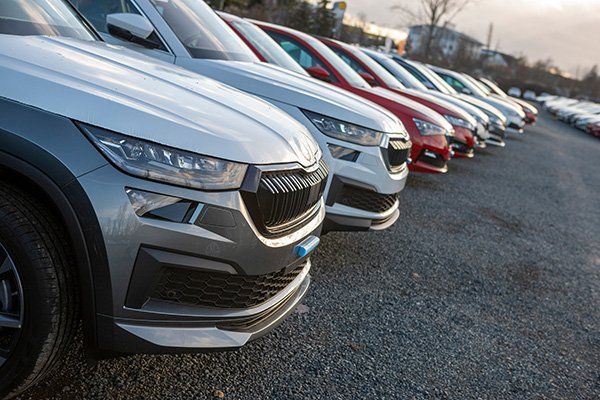
Fleet vehicles are essential to many businesses. Whether they are used for delivering goods, transporting passengers, or providing essential services, maintaining your fleet in excellent condition is needed. Skipping regular maintenance can lead not only to an increased risk of breakdowns but also to negative impacts on your company's finances and reputation. So, what makes regular fleet servicing so important? Enhanced Vehicle Reliability Imagine your fleet vehicles running day in and day out without skipping a beat. Regular servicing ensures that wear and tear are addressed before they turn into a major problem. Fleet vehicles operate under more demanding conditions compared to personal vehicles, so components like brakes, tires, and engines are more susceptible to stress. Routine inspections and tune-ups can identify and resolve small issues, like a worn brake pad or low fluid levels, before they lead to costly downtime. This reliability keeps your operations ... read more
Posted on 12/30/2024
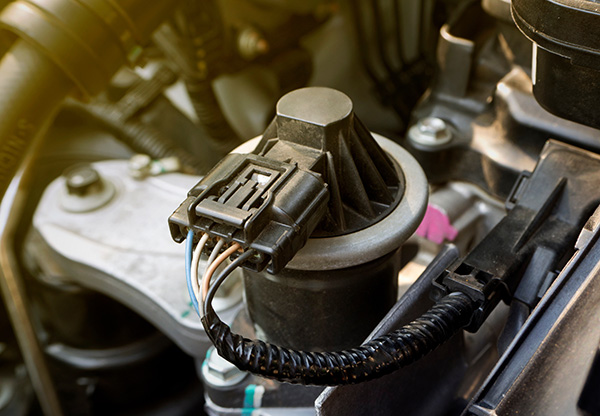
Car electrical issues can leave even the most experienced drivers scratching their heads. From flickering headlights to a car that just won’t start, these problems are unpredictable and frustrating. While many drivers think of their car’s electrical system as just the battery and alternator, it’s much more intricate than that. Modern vehicles rely on a network of wires, fuses, and sensors to keep everything running. When something goes wrong, knowing how to address it becomes crucial. If you’re in Canoga Park, CA, where the bustling streets demand reliable transportation, it’s essential to stay ahead of potential electrical issues. We'll review some common problems, their causes, and how to tackle them effectively. Common Car Electrical Issues You Might Encounter One of the trickiest things about car electrical problems is their wide range of symptoms. Some issues are minor inconveniences, while others can leave your car completely ... read more